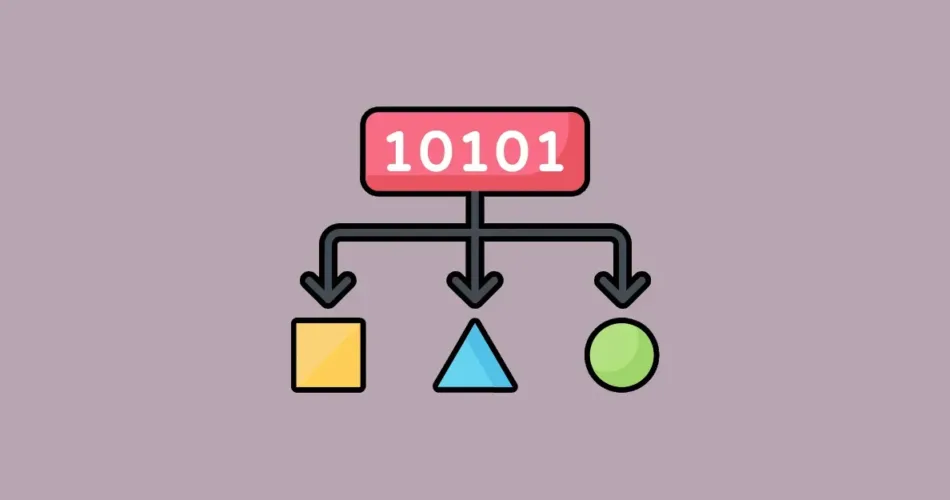As a C++ developer, optimizing the performance of your code is a crucial aspect of software development. One of the key factors that impact performance is the choice of data structures. Efficient data structures can significantly enhance the speed and efficiency of your programs, leading to faster execution and reduced resource usage. In this post, we’ll delve into the world of efficient data structures and explore best practices to achieve optimal performance in your C++ applications.
The Importance of Efficient Data Structures
Data structures play a fundamental role in organizing and storing data within a program. The choice of data structure can have a profound impact on various aspects of your code’s performance, including memory usage, access times, and overall execution speed. By selecting the right data structures, you can minimize memory overhead, reduce the complexity of your algorithms, and improve the overall efficiency of your code.
Arrays and Vectors
Arrays are one of the simplest and most straightforward data structures in C++. They provide constant-time access to elements using index-based access. However, their fixed size can lead to wastage of memory if the actual data size is smaller than the array size.
Vectors, on the other hand, offer a dynamic alternative to arrays. They can grow or shrink in size as needed, making them more memory-efficient for situations where the size of the data is unknown or variable. Vectors maintain a contiguous block of memory, allowing for efficient memory access and iteration.
Example:
#include <vector>
int main() {
std::vector<int> numbers;
numbers.push_back(10);
numbers.push_back(20);
numbers.push_back(30);
for (int num : numbers) {
// Process each number
}
return 0;
}
Linked Lists
Linked lists are another important data structure that provides dynamic memory allocation. They consist of nodes, each containing data and a reference (or pointer) to the next node in the list. Linked lists excel at insertion and deletion operations, as these can be done in constant time. However, linked lists have higher memory overhead compared to arrays or vectors.
Example:
struct Node {
int data;
Node* next;
};
int main() {
Node* head = nullptr;
Node* second = nullptr;
Node* third = nullptr;
head = new Node();
second = new Node();
third = new Node();
head->data = 10;
head->next = second;
second->data = 20;
second->next = third;
third->data = 30;
third->next = nullptr;
// Process the linked list
return 0;
}
Maps and Sets
Sets and Maps are associative containers that provide efficient key-value storage. Maps store pairs of keys and values, while sets store unique values. These data structures are implemented as balanced binary search trees (in the case of std::map and std::set) or hash tables (in the case of std::unordered_map and std::unordered_set). They offer fast insertion, deletion, and retrieval of elements based on their keys.
Example:
#include <map>
#include <set>
int main() {
std::map<std::string, int> scores;
scores["Alice"] = 95;
scores["Bob"] = 80;
scores["Charlie"] = 70;
std::set<int> uniqueNumbers;
uniqueNumbers.insert(10);
uniqueNumbers.insert(20);
uniqueNumbers.insert(30);
// Process the maps and sets
return 0;
}
Conclusion
Efficient data structures are essential for achieving optimal performance in your C++ applications. By carefully selecting and utilizing the right data structures for your specific use cases, you can significantly enhance the speed, memory usage, and overall efficiency of your code. Arrays, vectors, linked lists, maps, and sets are just a few examples of the versatile data structures available in C++ that can help you achieve high-performance software.
Incorporating these best practices for efficient data structure usage into your development process will pave the way for code that is not only fast and responsive but also more maintainable and scalable. As you continue to refine your skills as a C++ developer, mastering the art of choosing and implementing efficient data structures will undoubtedly contribute to your success in creating high-performance software applications.
Subscribe to our email newsletter to get the latest posts delivered right to your email.


Comments